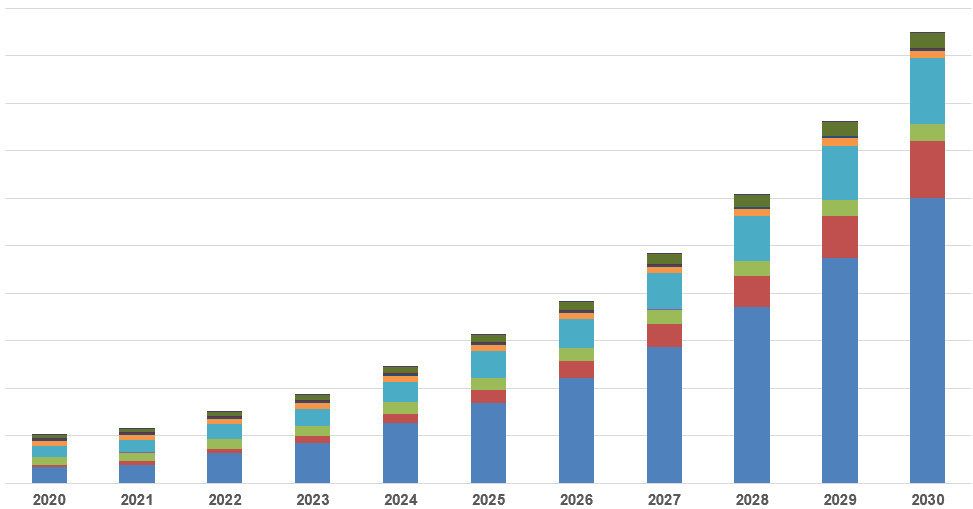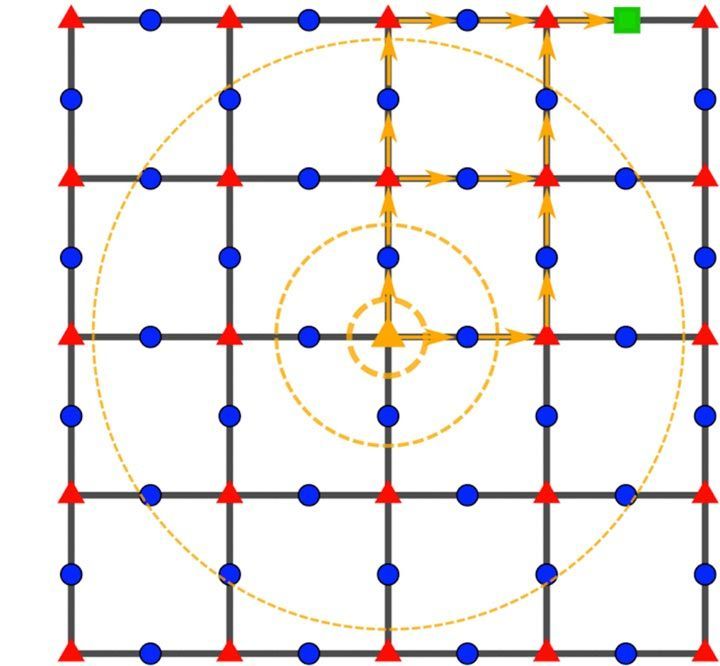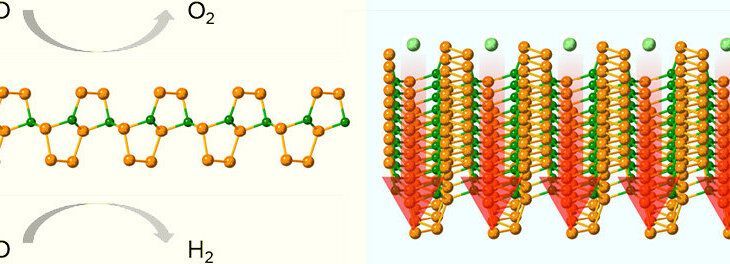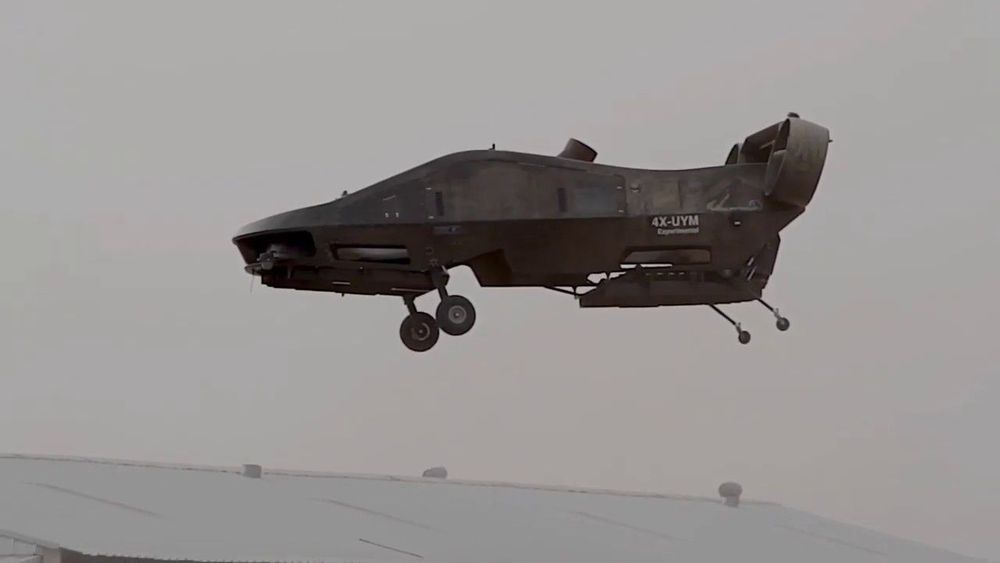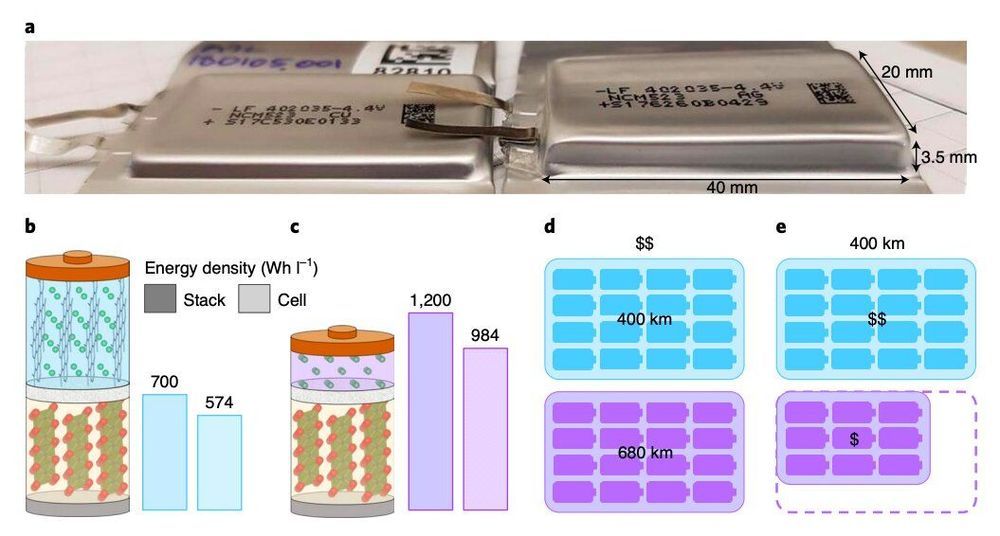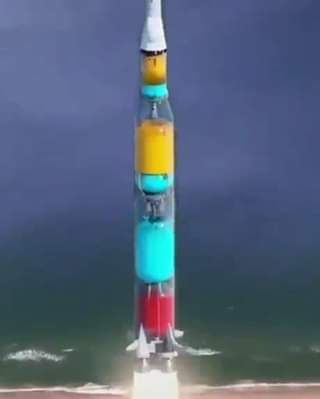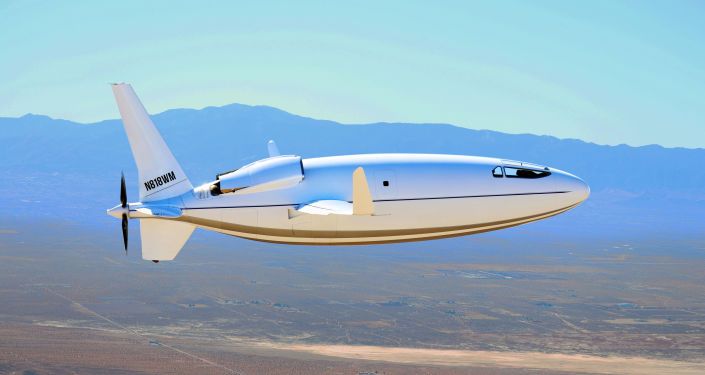BOSTON, July 27, 2020 /PRNewswire/ — Solid-state batteries keep on attracting tremendous attention and investment with the maturing technologies and closeness to mass production. Even with the influence of COVID-19, the potential market size is expected to grow to over $6 billion by 2030, according to IDTechEx’s report “Solid-State and Polymer Batteries 2020–2030: Technology, Patents, Forecasts, Players.”
Category: energy – Page 261
Rice physicists set far-more-accurate limits on speed of quantum information.
Nature’s speed limits aren’t posted on road signs, but Rice University physicists have discovered a new way to deduce them that is better — infinitely better, in some cases — than previous methods.
“The big question is, ‘How fast can anything — information, mass, energy — move in nature?’” said Kaden Hazzard, a theoretical quantum physicist at Rice. “It turns out that if somebody hands you a material, it is incredibly difficult, in general, to answer the question.”
Evolutionary search has helped scientists predict the lowest energy structure of a two-dimensional (2-D) material, B2P6, with some remarkable features, including structural anisotropy and Janus geometry.
Janus materials—named after the two-faced Greek god of duality—have two surfaces with distinct physical properties. As such, they offer unique benefits, such as high solar-to-hydrogen efficiency.
Anisotropic materials exhibit different properties when measured along different directions. In the case of B2P6, the ionic diffusion is strongly anisotropic, a feature that can be potentially useful in affordable energy storage solutions, such as metal-ion batteries.
Public-private partnerships have been central to the development of cybersecurity over the past decade, through the sharing of threat information between commercial organizations and historically secretive government agencies. The opportunity now exists for a new era of public-private partnership, for a new realm of information sharing.
Cyberattacks continue to be reported as a key business risk. In the recent World Economic Forum’s Regional Risks for Doing Business 2019 report, survey respondents in six of the world’s 10-largest economies identified cyberattacks as their number one risk.
However, as distinct from other risks such as fiscal crises or energy price shocks, cyberattacks have a clear mitigation: cybersecurity. Yet despite a decade of rising spending, respondents do not have confidence in their ability to deliver sufficiently strong cybersecurity to mitigate the risk. Why is this?
The California Independent System Operator warned rolling blackouts could hit 3 million customers Sunday. PG&E said 17 counties could see power outages Monday.
Israeli VTOL air taxi developer Urban Aeronautics has announced it’s partnering with HyPoint to develop a long range, hydrogen-fuel-cell-powered, emissions-free version of its remarkable CityHawk aircraft, based on the military Cormorant/AirMule design.
HyPoint’s “turbo air-cooled” fuel cell design radically expands the power and lifespan of traditional designs, making it an ideal lightweight powertrain component for aviation use. Hydrogen is becoming one of the most exciting technologies in the emerging electric aviation market, with exceptional energy density compared to lithium batteries, as well as super-quick refueling as compared to long waits on a battery charger.
The CityHawk airframe looks like no other design in the eVTOL air taxi market. It has no wings or external propeller arms, and isn’t much bigger than a large SUV. Urban Aeronautics calls it a “fancraft,” after the large fans at the front and rear of the aircraft, totally shielded thanks to tiltable vanes at both the inlet and outlet sides, which can be moved to effect yaw and horizontal movements. For such a tiny ground footprint, it offers an impressive capability to seat six people.
Batteries with high energy densities could enable the creation of a wider range of electric vehicles, including flying vehicles that can transport humans in urban environments. Past studies predict that to support the operation of vehicles capable of take-off and landing, batteries require energy densities of approximately 400 Wh kg-1 at the cell level, which is approximately 30% higher than the energy density of most existing lithium-ion (Li-ion) cells.
In addition to powering flying vehicles, high-energy cells (i.e., single units within a battery that convert chemical into electrical energy) could increase the distance that electric cars can travel before they need to be charged again. They may also reduce overall fabrication costs for electric vehicles, as similar results could be achieved using fewer but better-performing cells.
Anode-free lithium metal cells are particularly promising for creating batteries with higher energy densities. While they use the same cathode as Li-ion cells, these cells store energy via an electroplated lithium metal instead of a graphite host, and they can have energy densities that are 60% greater than those of Li-ion cells.
A startup energy company in New Zealand believes it can power the world with a wireless electric transmission system that can bring power to hard-to-reach areas and do so at lower cost than with traditional power lines.
The startup, Emrod, has teamed up with a leading power supply company to test power transmission using a series of antennas. The only limiting factor is the antennas must be within line of sight with each other.
The system consists of a power source, a transmitting antenna, multiple relay stations, and a receiving antenna, often referred to as a “rectenna.”
Mad At Gravity
Posted in energy
Otto Aviation’s Celera 500L could carry six business passengers at 450 mph at around 20 miles per gallon thanks to a new high-efficiency piston engine.
A new space-aged propeller plane could overtake business jets at a fraction of the running costs.
California-based Otto Aviation claims its prototype Celera 500L can cruise at 450 mph, with a continental range of 4,500 miles.
